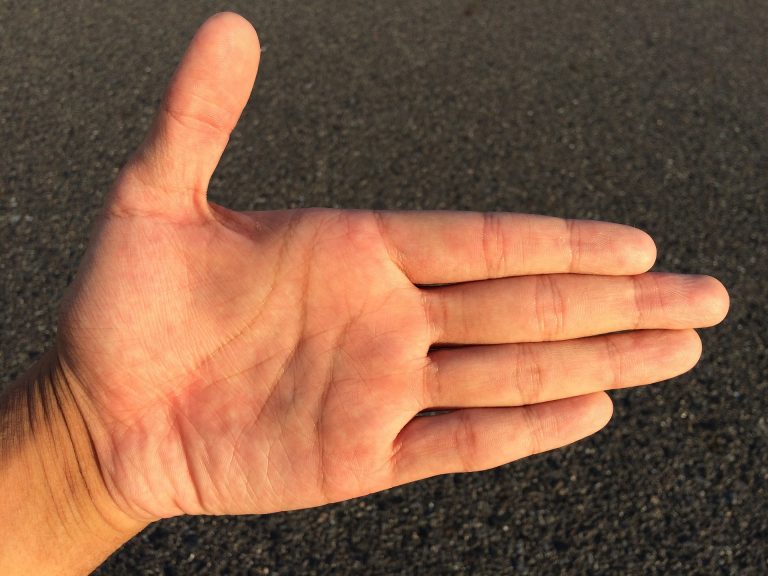Introduction
Museums serve as gateways to the past, repositories of culture, and catalysts for contemporary discourse. The field of museology, which encompasses the study of museums and their practices, is as dynamic and multifaceted as the institutions it examines. This article explores museology through a research lens, delving into its historical evolution, current trends, and future prospects in shaping our understanding of heritage, art, and society.

Historical Evolution of Museology
Museums have ancient roots, dating back to the collections of antiquities in ancient civilizations such as Mesopotamia and Egypt. However, the modern concept of museums emerged during the Renaissance and Enlightenment periods in Europe. Cabinets of curiosities, precursor to museums, were private collections of rare objects and artifacts, often arranged in a haphazard yet intriguing manner.
The 18th and 19th centuries saw the formalization of museums as public institutions dedicated to education and preservation. The British Museum (1753) and the Louvre (1793) exemplified this shift, becoming symbols of cultural heritage accessible to the public. Museology as a discipline began to take shape as scholars and curators pondered questions of collection management, interpretation, and audience engagement.
Key Concepts in Museology
- Collection Management
Central to museology is the management of collections—how objects are acquired, cataloged, conserved, and displayed. This process involves ethical considerations such as provenance research (the history of ownership), repatriation of cultural artifacts to their places of origin, and conservation techniques to preserve objects for future generations.
- Exhibition Design and Interpretation
The way museums present their collections plays a crucial role in shaping visitor experiences and understanding. Exhibition design involves not only aesthetic considerations but also narrative techniques and educational strategies to convey meaning and provoke thought. Interpretation, through labels, multimedia, and interactive displays, bridges the gap between artifacts and audiences, fostering understanding and engagement.
- Audience Engagement
Modern museology emphasizes inclusivity and accessibility, aiming to reach diverse audiences through innovative programming and outreach efforts. This involves understanding visitor demographics, designing exhibitions that resonate with different communities, and utilizing digital technologies to enhance interaction and learning.

Contemporary Issues in Museology
- Decolonization and Cultural Repatriation
One of the most pressing issues in museology today is the repatriation of cultural artifacts taken during colonial periods. Indigenous communities and nations seek the return of objects that hold significant cultural, spiritual, and historical value. Museums are grappling with ethical dilemmas surrounding ownership, restitution, and the role of museums in rectifying historical injustices.
- Digitalization and Virtual Museums
The digital age has revolutionized museology, offering new avenues for access and engagement. Virtual museums and online collections allow global audiences to explore artifacts and exhibitions remotely. Digital technologies, such as augmented reality and virtual reality, enhance immersive experiences and educational outreach, challenging traditional notions of museum space and audience interaction.
- Environmental Sustainability
Museums are increasingly addressing their environmental impact, from energy consumption in exhibition spaces to the materials used in conservation and storage. Sustainable practices, including green architecture, climate-controlled storage facilities, and eco-friendly exhibition design, are becoming integral to museum operations worldwide.

The Future of Museology
Looking ahead, the future of museology promises further evolution and adaptation to societal changes and technological advancements. Key trends include:
- Community-Centered Museums: Museums are evolving into community hubs, collaborating with local stakeholders and integrating community voices into exhibitions and programming.
- Artificial Intelligence and Big Data: AI-driven analytics and big data are transforming audience engagement and collection management, offering insights into visitor behavior and preferences.
- Cultural Diplomacy: Museums are increasingly seen as platforms for cultural diplomacy, fostering international dialogue and understanding through exhibitions and collaborations.
Conclusion
Museology stands at the intersection of art, history, and society, continually evolving to meet the challenges and opportunities of the 21st century. As museums strive to remain relevant in a rapidly changing world, the principles of ethical stewardship, inclusive representation, and technological innovation will guide their future trajectory. By exploring the past, engaging with the present, and envisioning the future, museology continues to enrich our collective understanding of cultural heritage and human creativity.
In conclusion, museology not only preserves and interprets our cultural heritage but also shapes how we perceive the world around us. As we navigate an increasingly interconnected global landscape, museums serve as beacons of knowledge, empathy, and inspiration, bridging the past with the present and charting a course for future generations to explore and appreciate our shared human experience.

